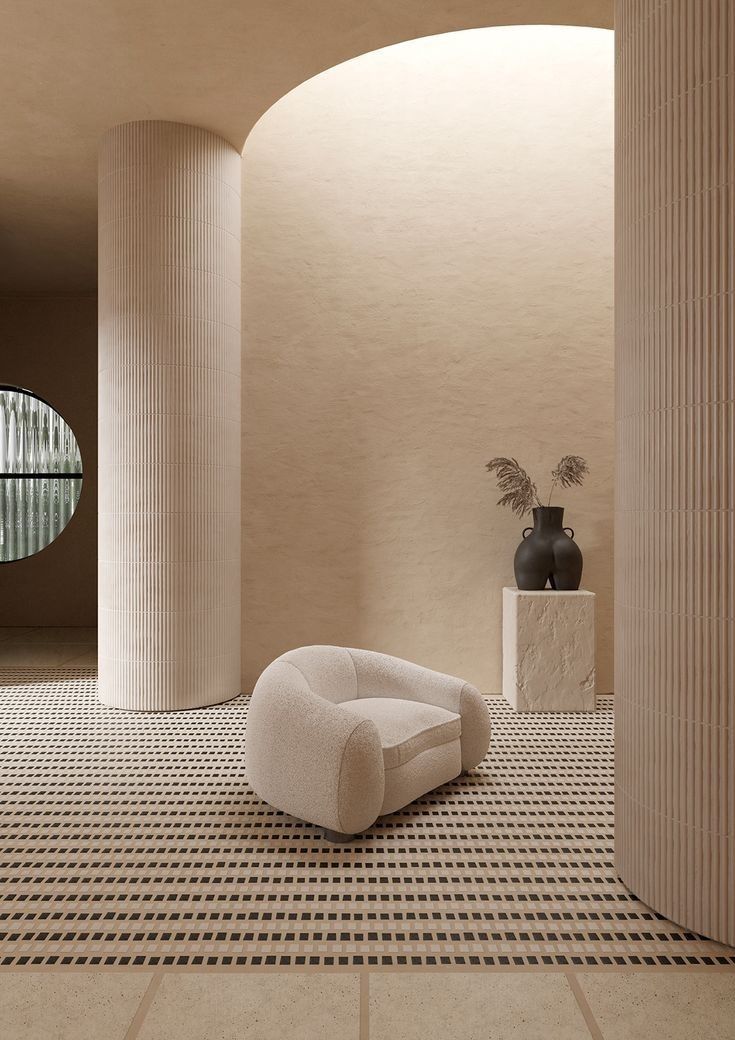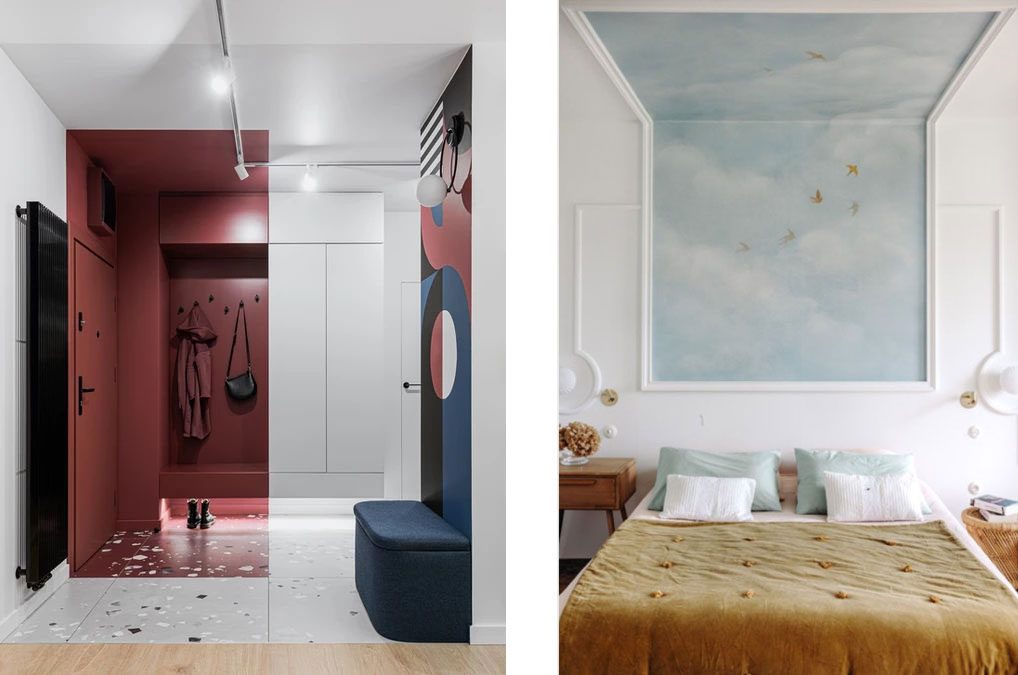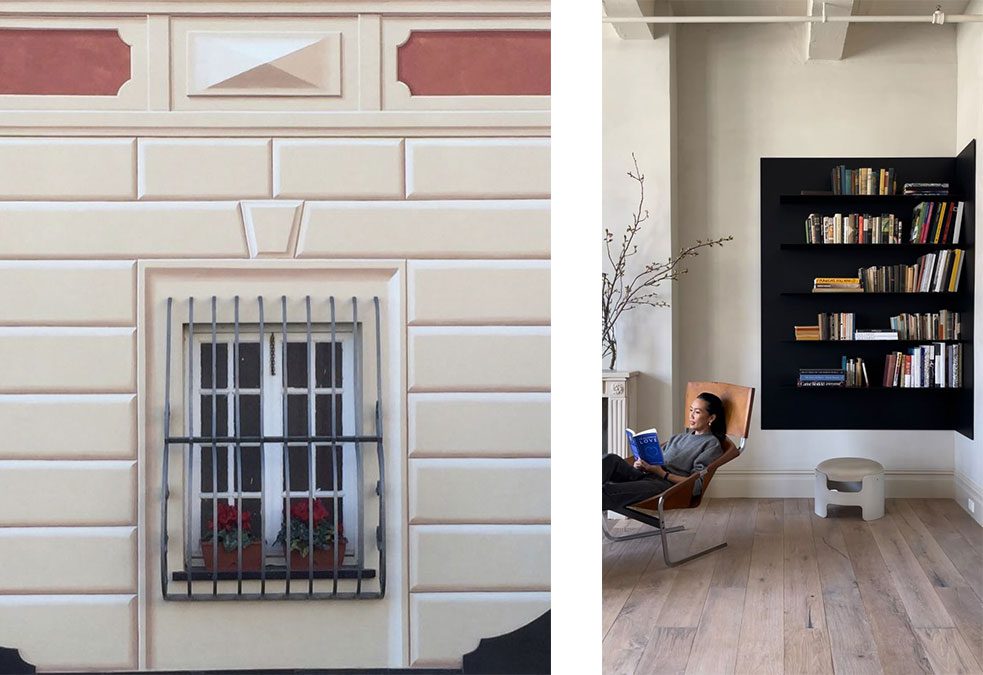How to create illusions with colours
Ever heard of trompe-l’œil? It means “deceive the eye” in French. This artistic technique is designed to capture realistic three-dimensional objects or scenes on a flat, two-dimensional surface.
Used for centuries, trompe-l’œil remains a powerful tool in modern interior design. When applied thoughtfully, it can transform ordinary rooms into immersive visual experiences — turning plain walls into something far more dimensional and engaging.
And while you might associate it with intricate mural painting, colour is actually one of the most accessible and effective ways to introduce this technique into your space.
How? Through the strategic use of light and shadow, contrast, and tonal variation, you can create depth, simulate texture, or suggest architectural features — even when none exist. So, let’s set aside the flat feature wall for a moment and explore something a little more imaginative.
shadows and highlights
By applying darker and lighter shades of the same colour, you can suggest recesses and protrusions — such as faux panelling, columns, or even windows. A painted archway with a subtle inner gradient can appear convincingly real when executed with well-blended tones.

photo credit Pinterest
cool vs warm tones
Cool colours like soft blues and greys tend to recede, while warm tones such as ochres and terracottas come forward. By applying this principle, you can make a flat wall appear to have niches or alcoves simply by “pushing” and “pulling” areas with contrasting temperature tones.

photo 01 & 02 Pinterest
simulating materials
Want the look of marble, brick, or stone without the cost? Trompe-l’œil painting techniques — using layered colour washes and subtle veining — can convincingly replicate these textures. Pair with satin or matte finishes to enhance surface realism.

photo 02 Contemporary Industrial Bookshelf by Nam for Stylish Home Storage
Ceilings
Paint a skylight, beams, or even clouds to open up a low room.
Walls
In smaller homes, trompe-l’œil is one of the best space-saving visual tricks. For example, to create the illusion of height, paint picture rails in a brighter, bolder colour than the wall. No picture rails? Just fake them — that’s what trompe-l’œil is all about.
Doors and cabinets
Add depth with painted shadows or whimsical designs like bookshelves or hidden passageways.
Hallways
Elongate or widen narrow spaces by using perspective lines and colour fades.
A few basic rules to keep in mind:
Use matte finishes
Glossy paints can ruin the illusion by catching light inconsistently.
Test in natural light
Basic science of colour
Dark colours advance, whereas pale colours recede. If you want to make the beading on that bedside table pop, use warmer tones to make it advance. Cooler shades, on the other hand, should be reserved for making something recede, such as the outlines on that recessed wardrobe panelling. Darker cool tones are especially useful for adding depth to alcove shelving.
Whether you’re looking to bring an authentic feel to a historic house or add texture to a more modern home, trompe-l’œil is a brilliant ‘trick of the eye’ technique for creating head-turning, impactful spaces. If you’re thinking about decorating a little differently and bringing a new dimension to your interior design, this might be the perfect moment to try something new!
Drop us an email if you’d like to discuss a project.
